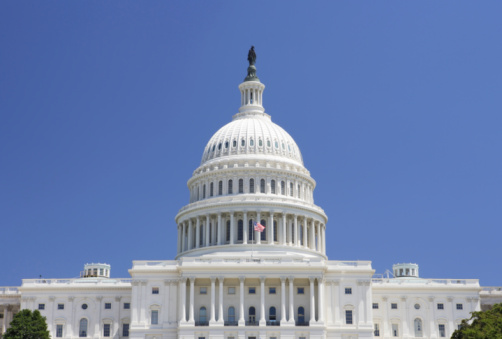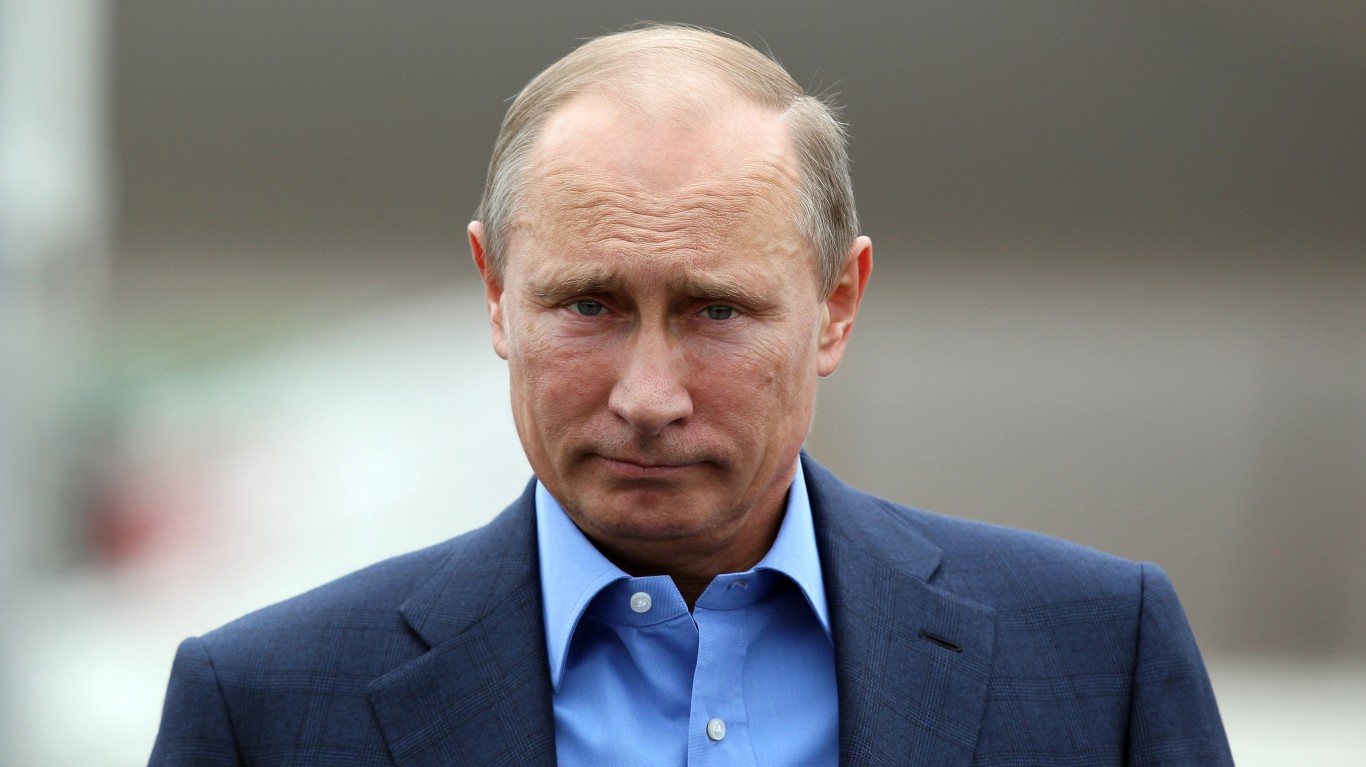
The CBO also estimates that the U.S. unemployment rate will remain above 7.5% through 2014, which, if true, would mark the longest streak of unemployment above 7.5% in 70 years.
Pressure on the federal budget comes from an aging population, higher healthcare costs, additional federal subsidies for health insurance, and higher payments on the federal debt as interest rates rise.
The CBO also addressed the so-called “output gap,” which is the difference between what the economy could potentially produce and what it actually produces. The CBO estimates that in the fourth quarter of 2012, real GDP was about 5.5% below its potential level. The gap is now only slightly smaller than it was in 2009, and leads the CBO to estimate that the total loss of output between 2007 and 2017 relative to potential output will be equal to nearly half of total 2012 output, which comes to about $7 trillion.
U.S. GDP is estimated to grow by just 1.4% in 2013 under current law, but once that adjustment is made, GDP is forecast to grow by 3.4% in 2014 and to rise by an average of 3.6% annually between 2015 and 2018. From 2019 through 2013, CBO estimates annual GDP growth of just 2.25% due to retiring baby boomers and “an end to the long-standing increase in women’s participation in the labor force.”
Inflation is expected to remain at 2% in 2014, rising to 2.2% from 2015 to 2018, and then rising again to 2.3% for the period from 2019 to 2023. The unemployment rate is forecast at 8% in 2013, 7.6% in 2014, 5.5% for 2018, and 5.2% in 2023.
The CBO document is available here.
Take Charge of Your Retirement In Just A Few Minutes (Sponsor)
Retirement planning doesn’t have to feel overwhelming. The key is finding expert guidance—and SmartAsset’s simple quiz makes it easier than ever for you to connect with a vetted financial advisor.
Here’s how it works:
- Answer a Few Simple Questions. Tell us a bit about your goals and preferences—it only takes a few minutes!
- Get Matched with Vetted Advisors Our smart tool matches you with up to three pre-screened, vetted advisors who serve your area and are held to a fiduciary standard to act in your best interests. Click here to begin
- Choose Your Fit Review their profiles, schedule an introductory call (or meet in person), and select the advisor who feel is right for you.
Why wait? Start building the retirement you’ve always dreamed of. Click here to get started today!
Thank you for reading! Have some feedback for us?
Contact the 24/7 Wall St. editorial team.





